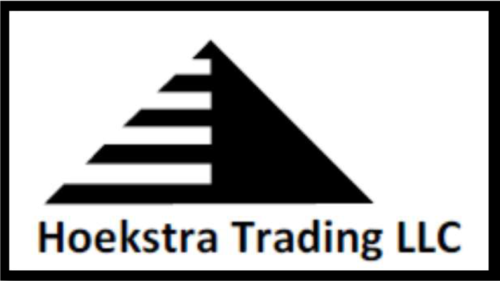The New Game of Renewable Fuels Part 2 – Principles 1, 2, and 3
The RIN is a game-changing environmental credit that is a tax, a subsidy, and a mandate, all at once.
Read the other blogs in this series, The New Game of Renewable Fuels:
- Part 1-The Rules Of The Game
- Part 2-Three Basic Principles
- Part 3-WHY Are The Mandates Nested?
- Part 4-On The Brink
- Part 5-Changing Factors
- Part 6-Playing By The Rules
1) The RIN is a tax . . .
. . . that is levied on petroleum fuels supplied by refiners and importers.
2) The RIN is a subsidy . . .
. . . that incentivizes production of biofuels that would otherwise not be economical.
For example, 60% of the diesel fuel consumed in California is made from renewable bio-feedstocks like soybean oil instead of petroleum. That is happening even though it costs $5/gal to make diesel fuel from soybean oil and only $2/gal to make diesel fuel from petroleum. How can that be economical? It is because the $3/gal extra cost of renewable diesel is being covered by subsidies, the largest of which is the RIN subsidy which is funded by the RIN tax.
How-does the RIN tax revenue get from petroleum fuel producers to biofuel producers? On first thought, one could reasonably assume the government collects the tax revenue and mails it to biofuel producers, but that’s not how this works. In fact the government never touches this tax revenue stream. Instead the tax revenue gets transferred through the RIN trading market. By rule, biofuel producers get virtual coupons that can be sold to petroleum fuel producers who must buy them and turn them in to prove they paid their quota of the RIN tax. That trading occurs in the RIN trading market which serves as the means to distribute RIN tax revenue from petroleum fuel producers to renewable fuel producers.
3) The RIN is a mandate . . .
. . . that specifies a minimum aggregate volume of biofuel that must be produced regardless of its cost. That sets a minimum demand for the RIN and drives its price to the level necessary to subsidize production of that much biofuel. In our example case of diesel fuel, that RIN price is the price that results in a total subsidy of $3/gal, which is enough to subsidize production of the mandated volume of biobased diesel fuel.
Those three, (tax, subsidy, and mandate) are basic ideas that must be understood to play the RINs game effectively. That’s because, in fulfilling all three roles at once, the RIN’s price adjusts in ways that change the prices and flow rates of all the streams in the supply chain. Those changes in prices and flow rates are much different than in normal markets and are often counter-intuitive. To understand and anticipate them requires stepping back and looking at a more abstract view of what’s happening in the supply chain and the trading market when under the control of the RIN. That more abstract view is provided by diagrams and equations that describe the fundamental economics of the system.
Stepping back to get that fundamental perspective is like stepping back from the bridge game you got thrust into and making the time and mental effort to learn the fundamentals of bridge instead of continuing to play bridge by the rules of pinochle (see Part 1 for more on this pinochle-bridge analogy). To step back and learn those fundamentals is eye-opening. With a transformed, fundamental perspective, you will start playing by the rules of the game that is actually being played.

A bold claim
Part 1 of this series said the renewable fuels game is being played today without this fundamental understanding of the credit that drives it. That’s quite a bold claim. What substantiates it? Read next weekend’s episode to find out.
Recommendations
1) Get Hoekstra Research Report 10

Hoekstra Trading clients use the ATTRACTOR spreadsheet to compare theoretical and market RIN prices, analyze departures from theoretical value, and identify trading opportunities on the premise RIN market prices will be attracted toward their fundamental economic values.
Get the Attractor spreadsheet, it is included with Hoekstra Research Report 10 and is available to anyone at negligible cost.
